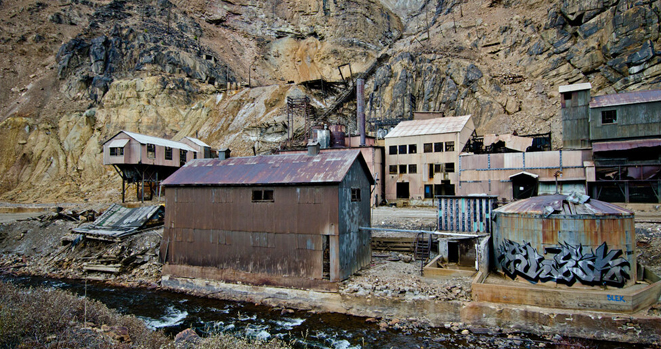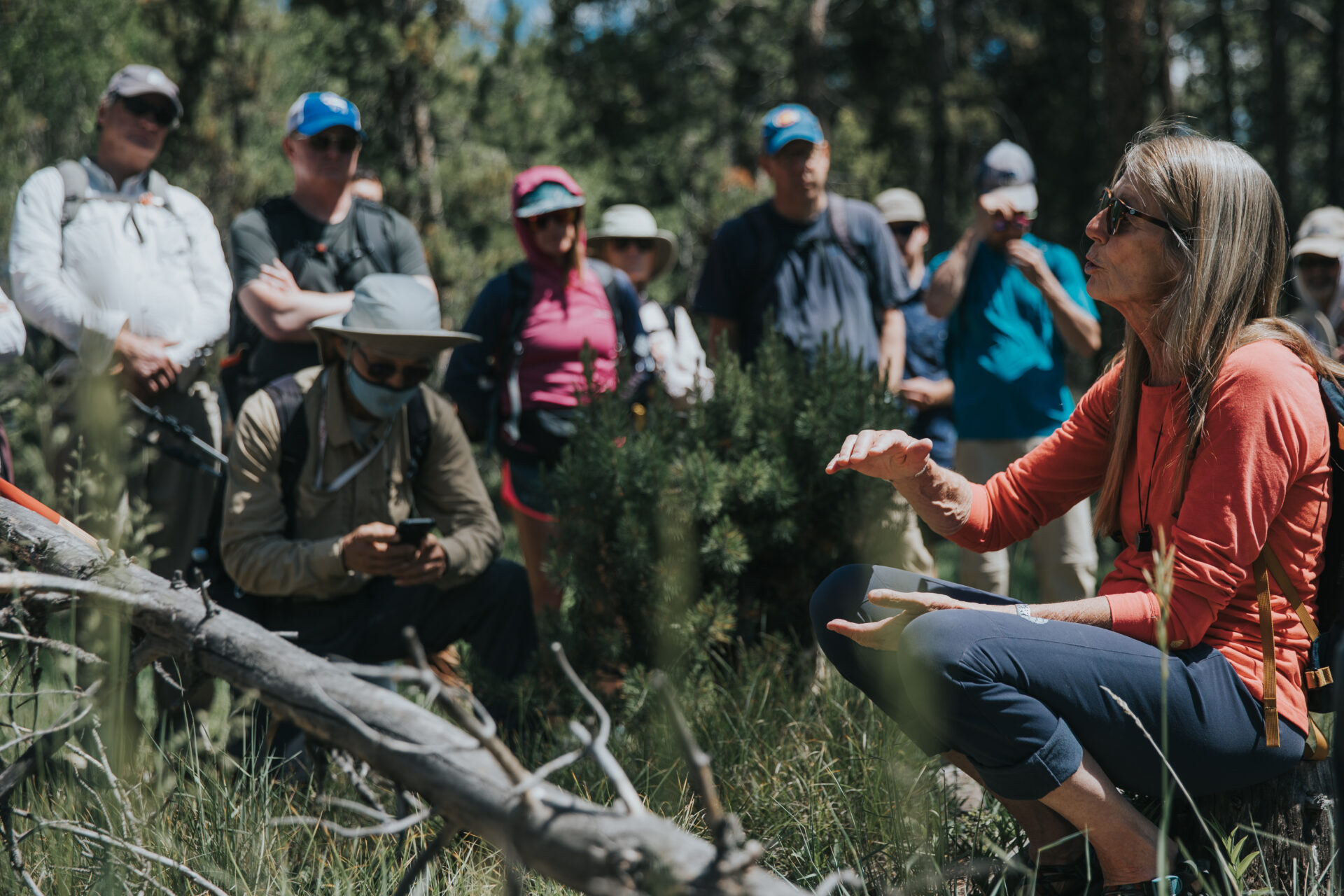New Name, Same Mission
As the Eagle River Coalition, we are scaling up our impact, implementing visionary restoration solutions, unveiling new education programs, and investing more deeply in the Eagle River Valley’s future.
The Eagle River Watershed Council board of directors and staff are thrilled to unveil Eagle River Coalition as our organization’s new name. This was a long and highly involved process that brought into careful consideration Eagle River Watershed Council’s rich history, translate-ability, and confusion with other similarly-named entities.
We are forward-thinking and devoted to protecting local watersheds, and we strive to be visually engaging. We saw an opportunity to freshen up our look and differentiate our mission by rebranding and going through a name selection exercise. We recognized that a name change and reinvigorated branding assets would advance our effort to make a bigger impact toward our shared vision.
A Look Ahead
We are scaling up our impact and collaboration with our new name and branding, implementing visionary restoration solutions, unveiling new education programs and investing more deeply in the future of this river-dependent region. We are even more committed to our mission of advocating for the protection of local rivers and streams through education, research, and projects.
Waterways, like the Colorado and Eagle Rivers, that run within and adjacent to Eagle County, appear more and more frequently in the spotlight, as the realities of climate change and population growth impact Western communities and landscapes.
Decades of Impact
Thanks to the tireless work of early local water advocates, such as Ken Neubecker, Dr. Tom Steinberg, Joe Macy, Dave and Sue Mott, Arlene Quenon, and so many more, the Eagle River decades ago received the resources and attention needed to establish the grassroots oversight group that would become Eagle River Watershed Council.

Photo credit Steven DeWitt
The need was unmistakable – a catastrophic mine spill had occurred at the Eagle Mine between Minturn and Red Cliff, exposing downstream ecosystems and communities to heavy metals such as zinc, cadmium, and arsenic.
According to witnesses, the Eagle River ran orange for 10 miles. The mine and the water within it require constant attention and treatment, and will for perpetuity. The early actions of the community ensured that the immediate threat was addressed and set a foundation for the monitoring programs that continue today.
Objective & Data-Driven
These water quality monitoring programs that stemmed from Eagle River Watershed Council’s initial work have remained a core tenet of our mission, and they have expanded to establish a comprehensive clearinghouse of data from recent decades and help us track changes, like temperature and bug scores. Access to this data has allowed us to identify trends and threats to water quality, as well as avoid duplication of efforts throughout the watershed.
 The challenges we face today are unique from those of the past. Rather than focusing primarily on water quality relating to the Eagle Mine spill, the board and staff have expanded work accordingly to meet additional needs in river conservation, leading river restoration work, expanding water quality monitoring and engaging the community at-large through educational events and watershed planning efforts.
The challenges we face today are unique from those of the past. Rather than focusing primarily on water quality relating to the Eagle Mine spill, the board and staff have expanded work accordingly to meet additional needs in river conservation, leading river restoration work, expanding water quality monitoring and engaging the community at-large through educational events and watershed planning efforts.
From tradition-rich and volunteer-dependent events like the annual highway cleanup and river cleanup to initiatives that introduce river conservation to Spanish-speaking youth, the Watershed Council has maintained its commitment to serving as the voice for the Eagle River.
What this means
Locally, Gore Creek’s iconic fisheries continue to be impacted by runoff from roadways and developed surfaces; parts of the Eagle River seasonally experience high water temperatures that threaten native fish populations; stretches of the lower Eagle are incised, with channels changing from habitat for native shady cottonwoods to high, erosion-prone banks with faster-moving sediment-laden flows. Future water demands are anticipated to continue to increase, making our actions, policies and decisions in the headwaters now critical to secure a vibrant future for our community.
To better address the need for action and river protection, the Board of Directors and staff established a strategic plan that identified goals and strategies. The need to increase the awareness of our organization and serve as a structure that fosters strong collaboration and participation among stakeholders, partners and community members became evident during this process. Through a comprehensive and in-depth look at our values paired with an analysis of strengths, weaknesses, opportunities and threats, our board ultimately and unanimously selected Eagle River Coalition as our name.
Will you join us?
In 2024, we’re lifting our voices – and asking the community to join us – to continue to seek innovative solutions to benefit local waterways. With challenges like climate change, population growth, development and more, it will require undaunted collaboration to move the needle in local water protection.
Get involved with the Eagle River Coalition to leave a legacy that creates ripple after ripple of clean, healthy water running through our community. Join us as a program participant, volunteer, sponsor or donor, and become a guardian of your local rivers.

